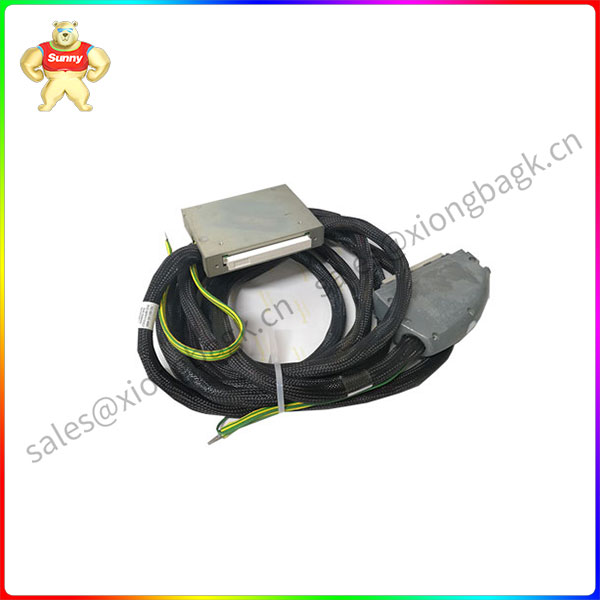Culture and ideas are the driving force of sustainable development
“Change needs to be driven by culture”, Wang Jie, vice president of Schneider Electric, believes that as a long-term system project, corporate culture is the driving force for sustainable development – only the consensus of all employees can act in unison. SSI links the SDGS to employee performance reviews and provides clear guidance and guidelines for action.
“Schneider Electric Sustainability Impact Index (SSI) Program 2021-2025”
TC-501-02-4M5 Under the influence of the concept of sustainability, the staff of the Logistics Center in China took the initiative to carry out a number of optimization and innovation initiatives to promote the transformation of sustainable packaging to remove single-use plastic packaging: such as the replacement of plastic packing belts, plastic packing sheets, sealing tapes, plastic bubble bags and plastic wrap films with paper and recyclable packaging materials. The packaging of paper products is 100% green and recyclable cardboard. These actions will help us and our customers cut more than 3,500 tonnes of carbon in 2022 alone.
Organization and talent are the guarantee force for sustainable development
“We will focus our internal resources to empower our employees, give them enough room for development, and have the opportunity to use sustainability in their work, so that they can dare to disrupt and innovate.” Said Li Xifeng, energy manager of Schneider Electric Global Supply Chain China.
It is understood that the employees of Schneider Electric Xiamen plant spontaneously researched, designed and built a set of wastewater recycling and treatment system for electroplating production line, which recycled 93% of industrial wastewater, greatly saving water resources and reducing environmental risks.
“While the implementation of a sustainability strategy requires a certain investment of resources, through a change in cultural awareness, management and organizational empowerment, companies can translate that investment into long, medium and even short term economic returns.” Wang Jie said.

TC-501-02-4M5
02To build an end-to-end green value chain
Building a cultural organization system that integrates with strategy is the basis and guarantee of sustainable development, but culture alone is far from enough. Only by integrating sustainable development into real business scenarios can the strategy be implemented. The practical experience honed over a long period of time is the endogenous impetus for sustainable development.
For Schneider Electric,
The end-to-end green value chain is the trick.
As we all know, carbon footprint not only exists in all aspects of the manufacturing process, but also in the supply chain procurement, delivery and user use. At Schneider Electric, for example, carbon emissions from its own factories account for less than 10% of the total supply chain, with more than 90% of the remaining carbon emissions coming from upstream and downstream. Therefore, Schneider Electric has integrated sustainable development concepts and technical capabilities throughout the entire business system, creating an end-to-end green value chain covering green design, green procurement, green production, green delivery, and green operation and maintenance.
TC-501-02-4M5 Taking green production as an example, Schneider Electric takes advantage of its leading experience around the world to promote and accelerate the construction of “zero carbon factories” through the development of digitalization, circular economy and clean energy
• Schneider Electric has reduced the overall energy consumption of its supply chain in China by 13% over the past three years through the deployment of multiple digital operations;
• Achieved zero waste to landfill at more than 200 plants worldwide through maximum recycling of various production materials and resources, while saving energy and reducing consumption;
• Through the widespread adoption of clean energy, solar photovoltaic systems have been deployed in 21 factories in China, of which the Beijing factory has installed the largest photovoltaic project in the company, generating more than 2.3 million KWH per year, accounting for 30% of the plant’s annual energy supply.
Schneider Electric Beijing plant rooftop photovoltaic project
By the end of 2023, among Schneider Electric’s 29 factories and logistics centers in China, there are 19 Schneider Electric “zero carbon factories”, 15 “green factories” recognized by the Ministry of Industry and Information Technology, and 14 “carbon neutral” factories certified by third parties, providing a reference for the low-carbon development of the industry. With excellent performance in the supply chain, in 2023, Schneider Electric has been listed in Gartner’s “Global Supply Chain Top 25 list” for eight consecutive years and climbed to the top.
It is worth mentioning that, as a sustainable impact enterprise, Schneider Electric launched the “Zero Carbon Program” in 2021, hoping to help the world’s top 1,000 strategic suppliers reduce their operational carbon emissions by 50% by 2025, including 230 suppliers in China. To date, global suppliers have reduced carbon emissions by an average of 27%.
The end-to-end green value chain not only enables Schneider Electric to achieve low-carbon development itself, but also promotes the carbon reduction process of upstream and downstream partners in the industrial chain, achieving two-way returns on social and economic benefits.
 中文版
中文版




